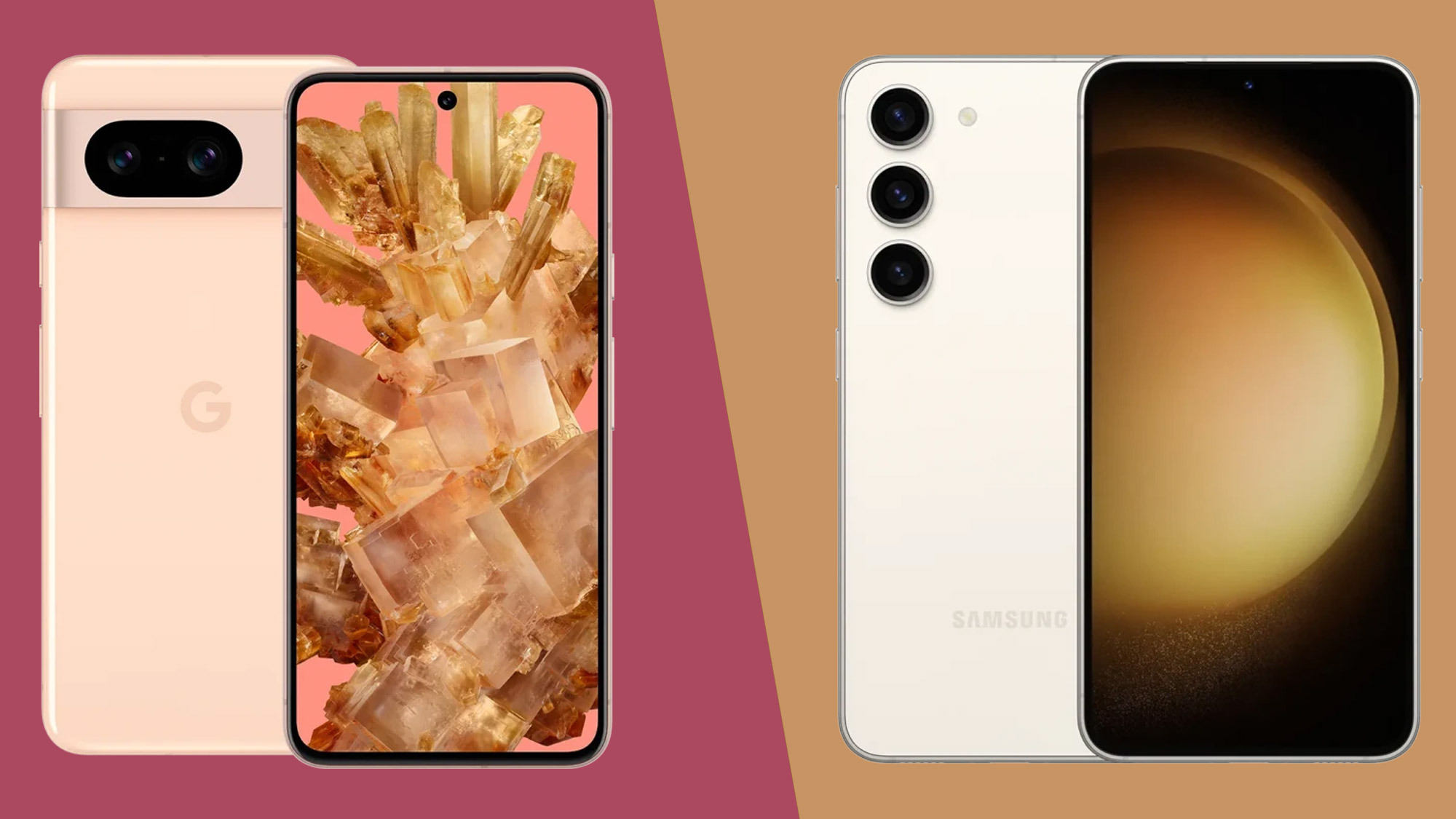
Weight: 187g
Dimensions: 150.5 x 70.8 x 8.9mm
Screen size: 6.2-inch
Resolution: 1080 x 2400
Chipset: Google Tensor G3
RAM: 8GB
Storage: 128GB/256GB
Battery: 4,575mAh
Rear camera: 50MP+12MP
Front camera: 10.5MP
The Google Pixel 8 has most of the core features of the Pixel 8 Pro, including AI tricks, a 50MP main camera, a Tensor G3 chipset, and a 120Hz screen. But it lacks a telephoto camera, and its screen and battery also aren't quite a match for Google's top phone.
For
- New Tensor chip
- Refreshed design
- AI camera tricks
Against
- Design changes are minor
- Minimal camera upgrades
- No temperature sensor
Weight: 168g
Dimensions: 146.3 x 70.9 x 7.6mm
Screen size: 6.1-inch
Resolution: 1080 x 2340
CPU: Snapdragon 8 Gen 2
RAM: 8GB
Storage: 128GB/256GB
Battery: 3,900mAh
Rear camera: 50MP+12MP+10MP
Front camera: 12MP
On paper the Samsung Galaxy S23 has the iPhone 15 beat for camera and screen, but it's a less powerful phone, and a small upgrade.
For
- 120Hz refresh rate
- Includes a telephoto lens
- Good battery life
Against
- Less powerful
- No Dynamic Island
- No 512GB model
If you were to pick a phone to represent the Android platform – popular, capable, stylish, but not too expensive – you might very well boil it down to the Google Pixel 8 versus the Samsung Galaxy S23.
The Pixel 8 is literally the latest mainstream flagship phone from the company that makes Android, while the Samsung Galaxy S23 is the latest mainstream phone from the biggest phone manufacturer in the world.
Rather than spending too long pondering which of the two phones is the real Android headliner, we though we’d simply figure out which is best. Having reviewed and spent plenty of time with both, this should be a breeze, right?
The mere fact that we awarded both phones exactly the same score in our reviews should tell you that’s not the case. This is one that we’re going to have to work our way through steadily, point by point. So read on for our Google Pixel 8 vs Samsung Galaxy S23 showdown.
Google Pixel 8 vs Samsung Galaxy S23: specs comparison
Here’s an overview of how the Pixel 8 and the Galaxy S23 match up, spec for spec. There are some interesting points of difference , as well as some similarities.
Google Pixel 8 vs Samsung Galaxy S23: price and availability
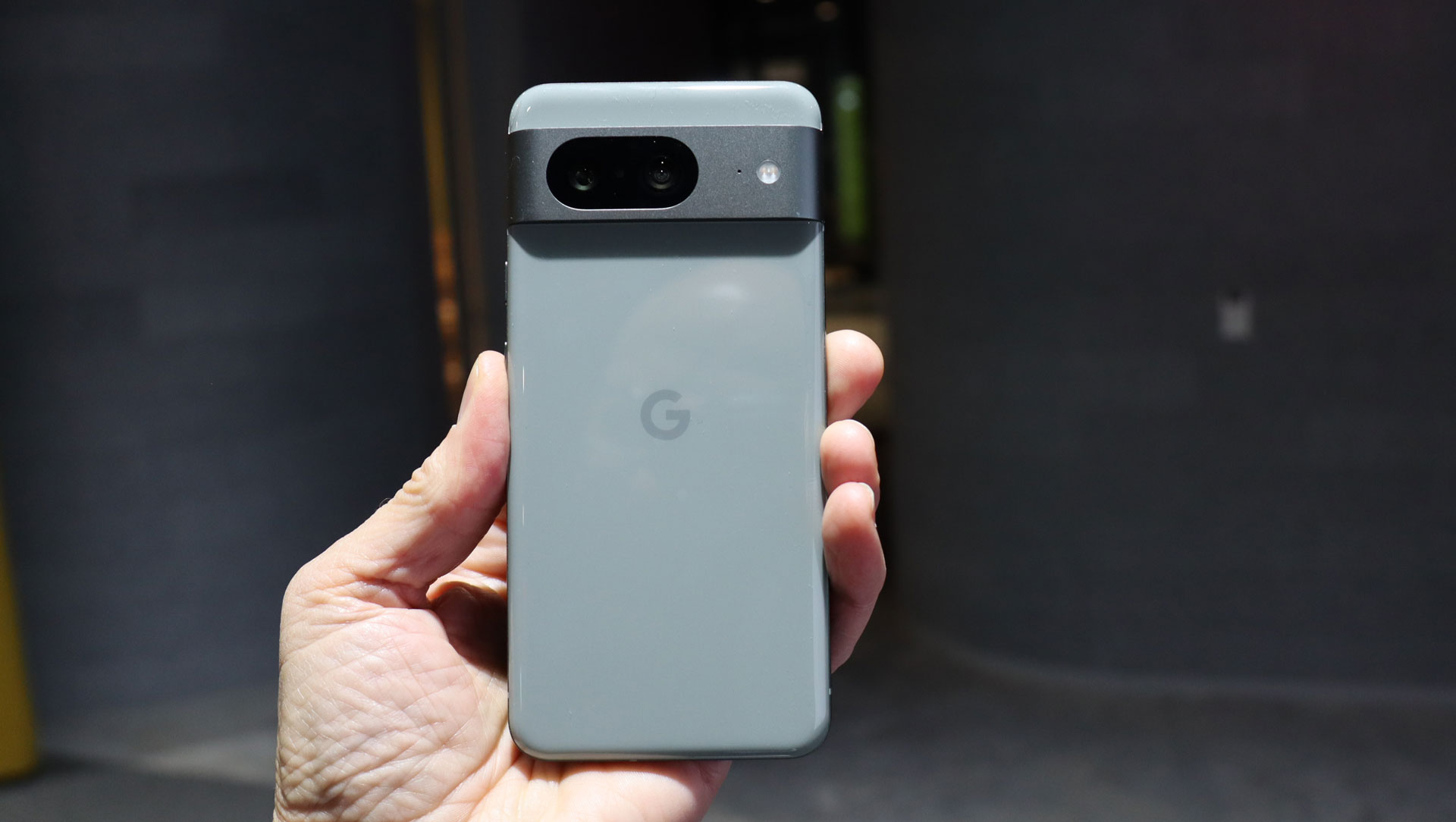
The Google Pixel 8 arrived in shops on October 12, 2023. That makes it a solid eight months younger than the Samsung Galaxy S23, which arrived on February 17. That’s quite a long time in the smartphone world, though as you’ll see, the Galaxy S23 really doesn’t feel like it’s aged at all.
Waters are muddied when it comes to pricing. If we’re talking recommended retail price (RRP), the Pixel 8 starts at $699 / £699 / AU$1,199 for the 128GB model, while the 256GB variant costs $759 / £759 / AU$1,299.
That ostensibly makes it much cheaper than the Galaxy S23, which starts at $799.99 / £849 / AU$1,349 for 128GB. The 256GB model costs $859.99 / £899 / AU$1,449.
However, the Galaxy S23’s relative age means that you’re more likely to be able to pick it up on discount. This is technically a win for the Pixel 8, but it won’t take much shopping around to find a Galaxy S23 deal that undercuts its fresh-faced rival.
Google Pixel 8 vs Samsung Galaxy S23: design and display
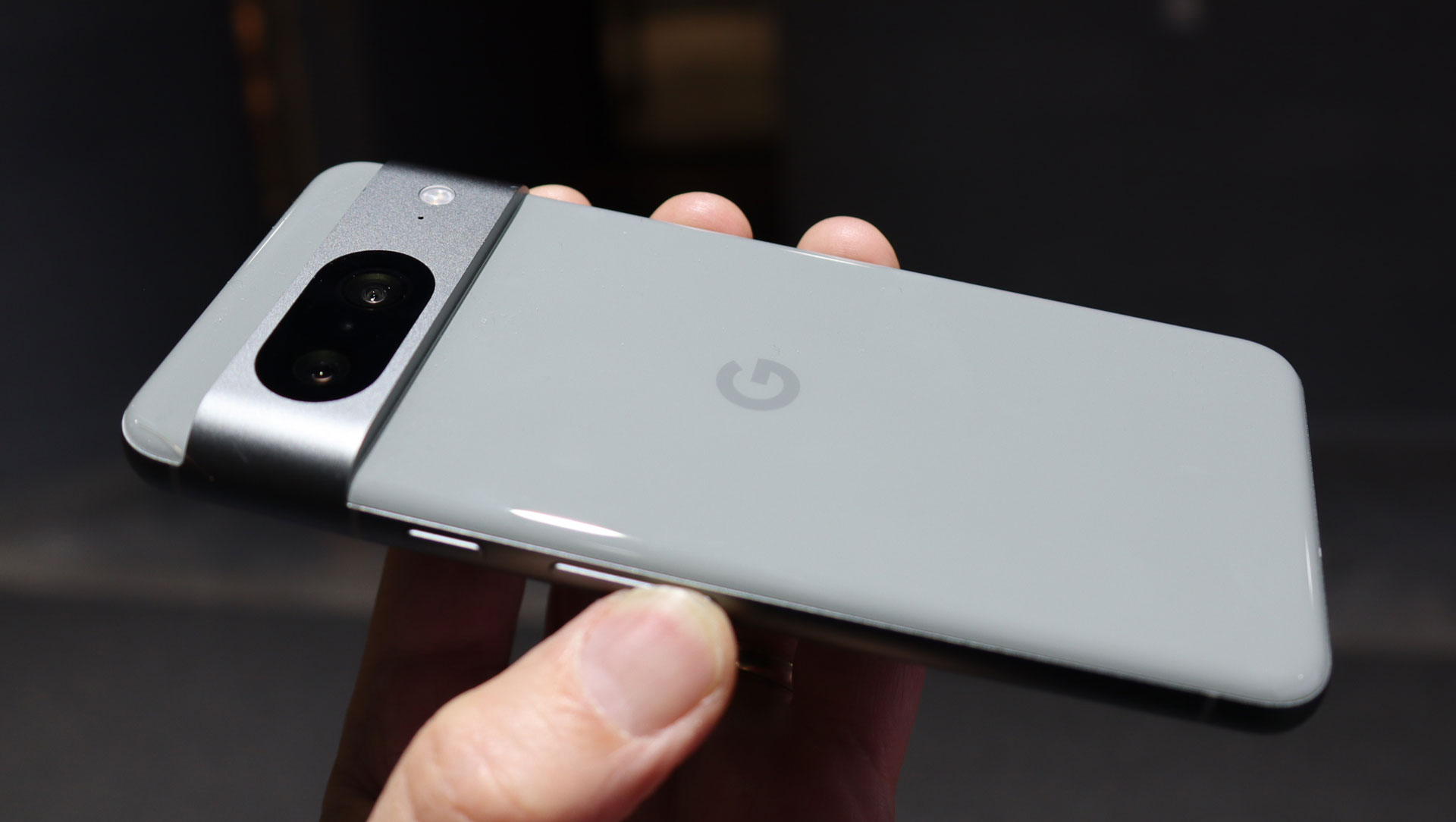
One of the pleasing things about this comparison is that it pitches two relatively compact flagship phones against one another. That’s a category that looked to be dying out at one point not so long ago.
The Galaxy S23 is the smaller phone of the two overall. At 146.3 x 70.9 x 7.6mm it’s quite a bit shorter and slimmer than the 150.5 x 70.8 x 8.9mm Pixel 8, if about the same width. Samsung’s phone is also quite a bit lighter at 168g compared to the Google handset’s 187g.
Both phones have IP68 certification, but the Galaxy S23 has the slightly newer and tougher Gorilla Glass Victus 2 material sandwiching its aluminum frame. The Pixel 8 is stuck with plain old Victus.
These are two stylish-looking phones, and what’s especially gratifying is that they look quite different to one another – at least from the back.
Google’s showy width-spanning camera bar represents a completely different approach to Samsung’s unassuming camera islands, which don’t even sit on an encompassing camera module. Both approaches have their merits – the Pixel in terms of visual appeal, and the Galaxy in terms of not getting caught on your pocket.
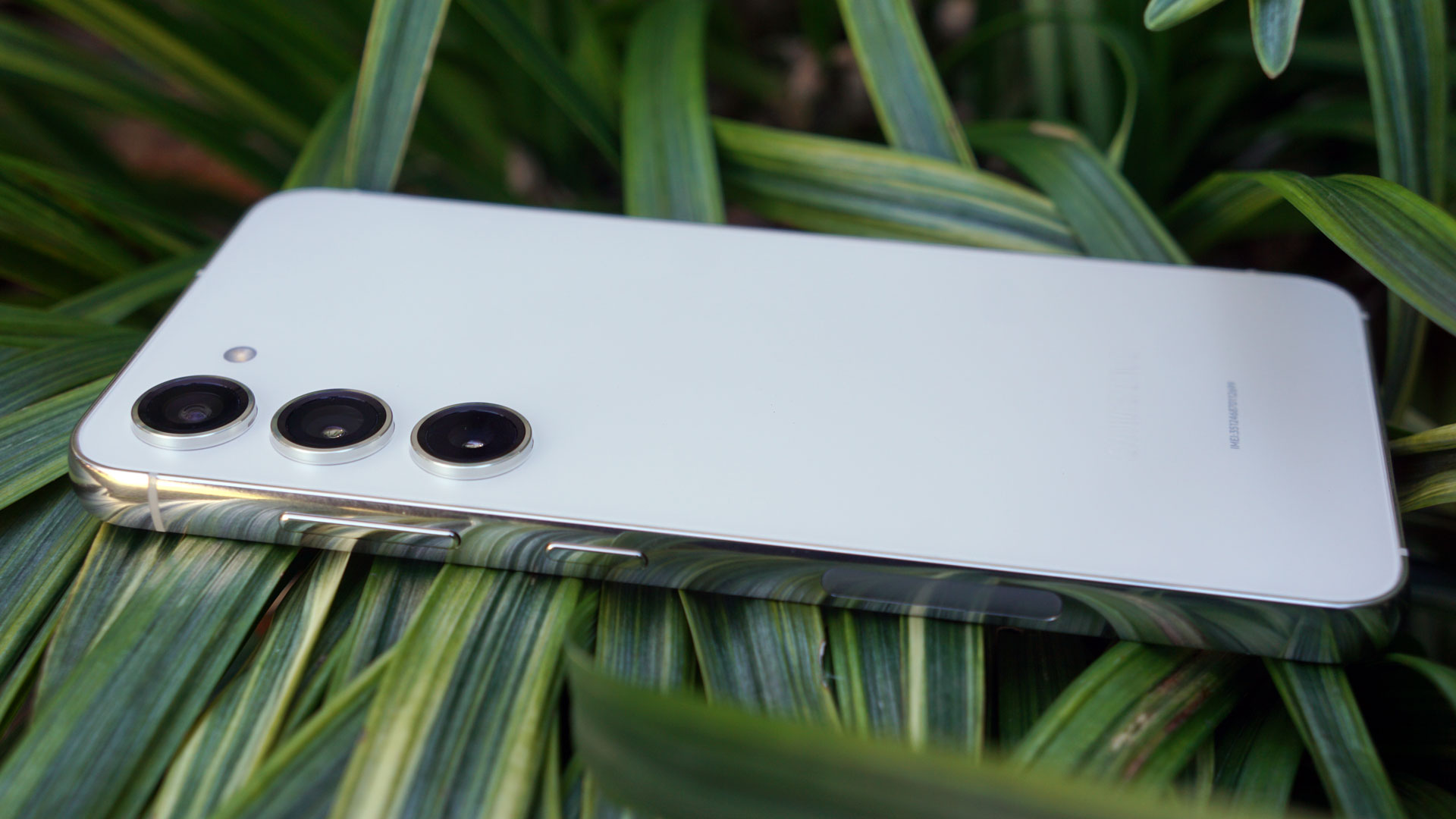
Both have slightly curved aluminum frames, and both generally feel nice and classy in the hand. Samsung gives you more colour options than Google, though.
From the front there isn’t much between these two phones, with a similar central display notch. The Galaxy S23 possibly takes the edge here for its more uniform bezels.
As for the displays within those bezels, there’s really very little in it. The Pixel 8 screen is fractionally bigger at 6.2 inches (vs 6.1 inches), and it also gets a tad brighter at 2,000 nits (vs 1,750 nits).
We’re talking nip and tuck here. Both screens hit FHD+ resolutions, both have 120Hz peak refresh rates, and both are punchy OLED panels capable of outputting vivid yet natural colors.
Google Pixel 8 vs Samsung Galaxy S23: cameras
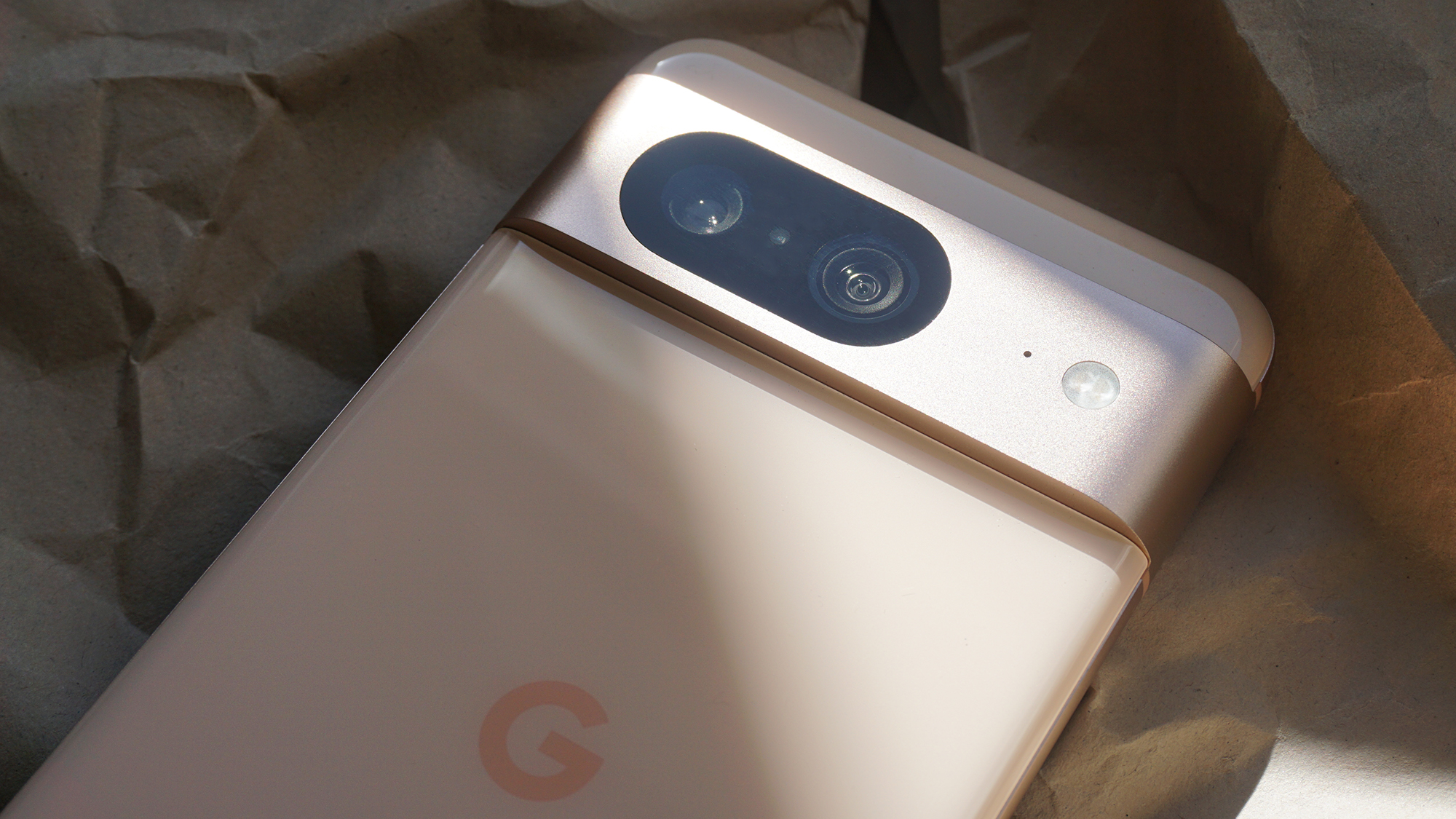
There’s a big difference between the two camera systems straight off the bat. Tot those sensors up, and it’s 3:2 to the Galaxy S23.
While both phones give you 50MP mains sensors and 12MP ultra-wides, only the Galaxy S23 adds a dedicated 10MP 3x telephoto camera to the package. Needless to say, it beats the Pixel 8 hands-down on zoomed shots.
The Pixel 8 hits back elsewhere though. With a larger 1/1.31“ main sensor and a wider f/1.7 aperture, its primary camera is simply better at scooping up light than the Galaxy S23 equivalent (which is 1/1.56” and f/1.8).
As for the ultra-wide, the Galaxy S23’s is fractionally bigger (1/2.55“ vs 1/2.9”), while the Pixel 8’s is a little wider (126-degrees vs 120 degrees) and is capable of autofocus. The latter enables the Pixel 8’s ultra-wide to pull off macro shots.
Finishing the hardware package off, the Pixel 8 has a 10.5MP selfie cam to the Galaxy S23’s 12MP.

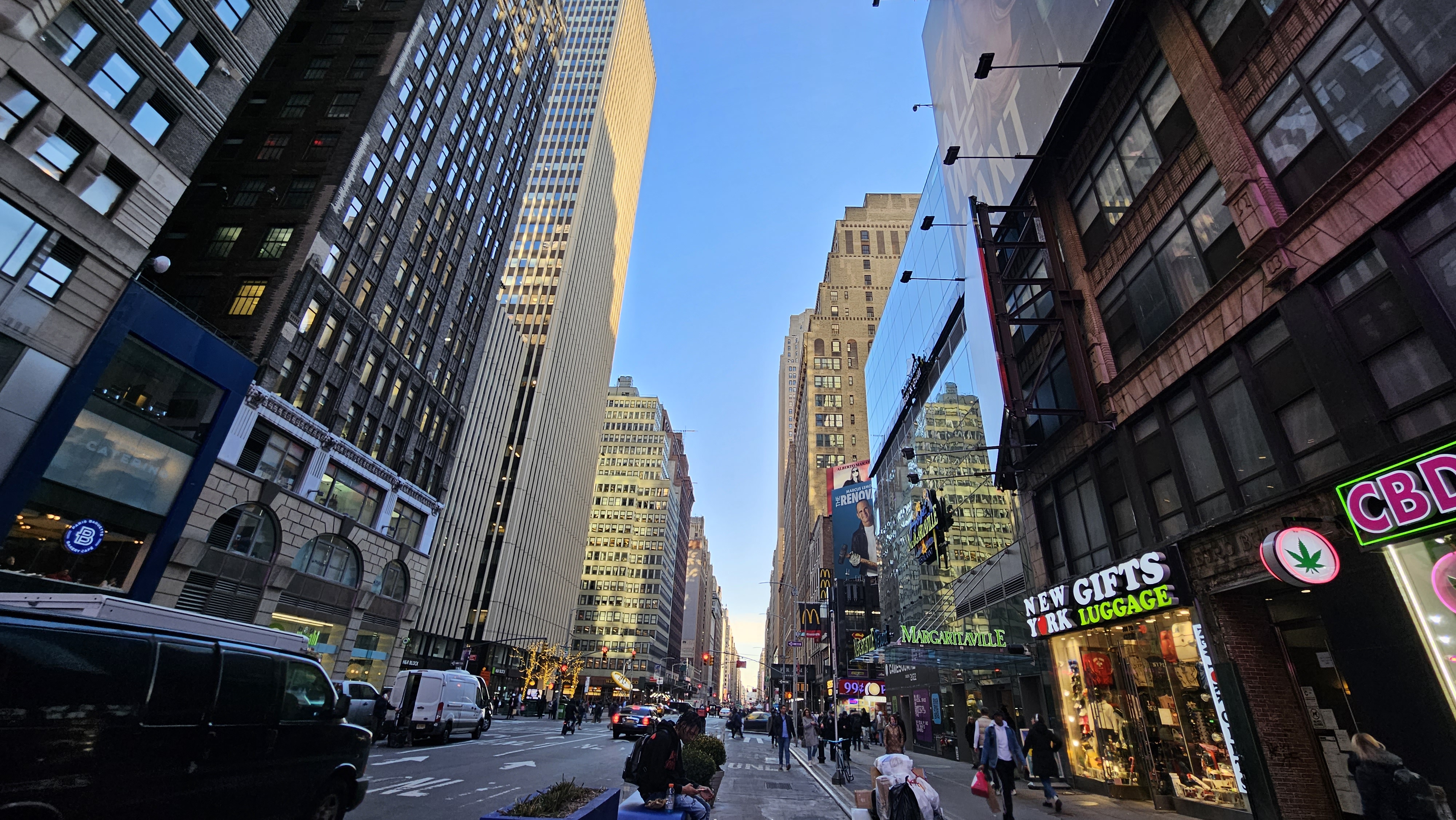


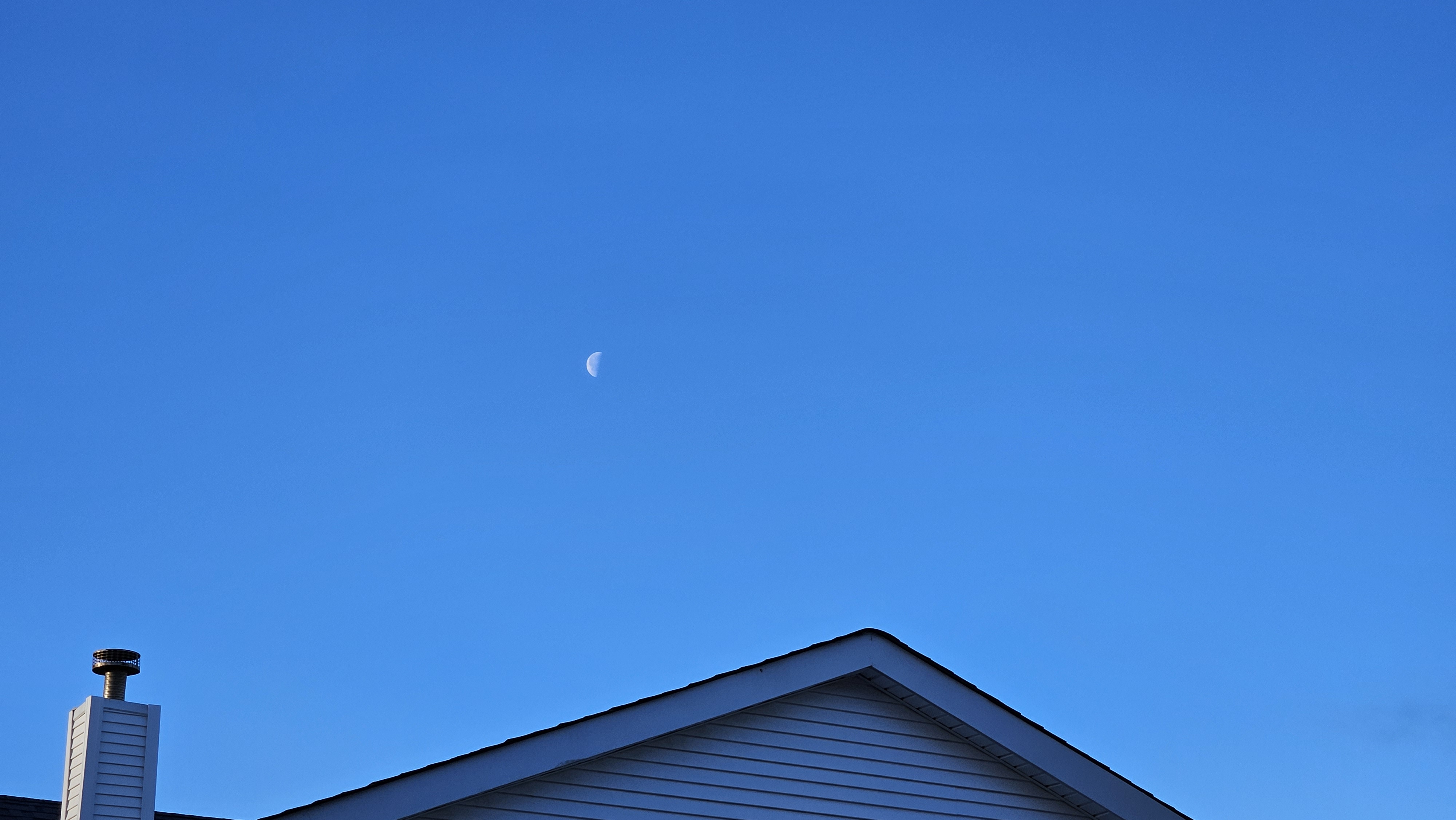

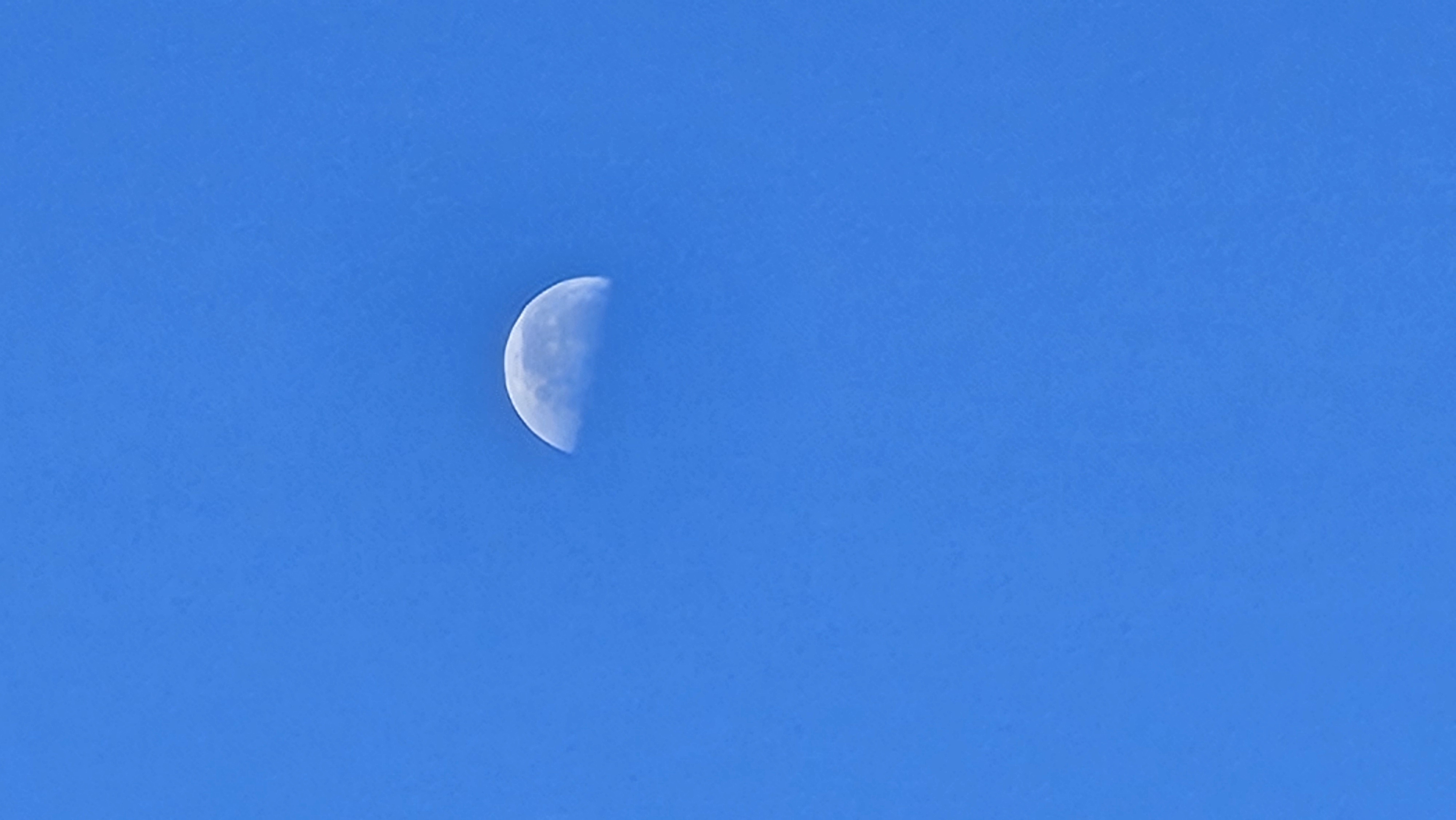
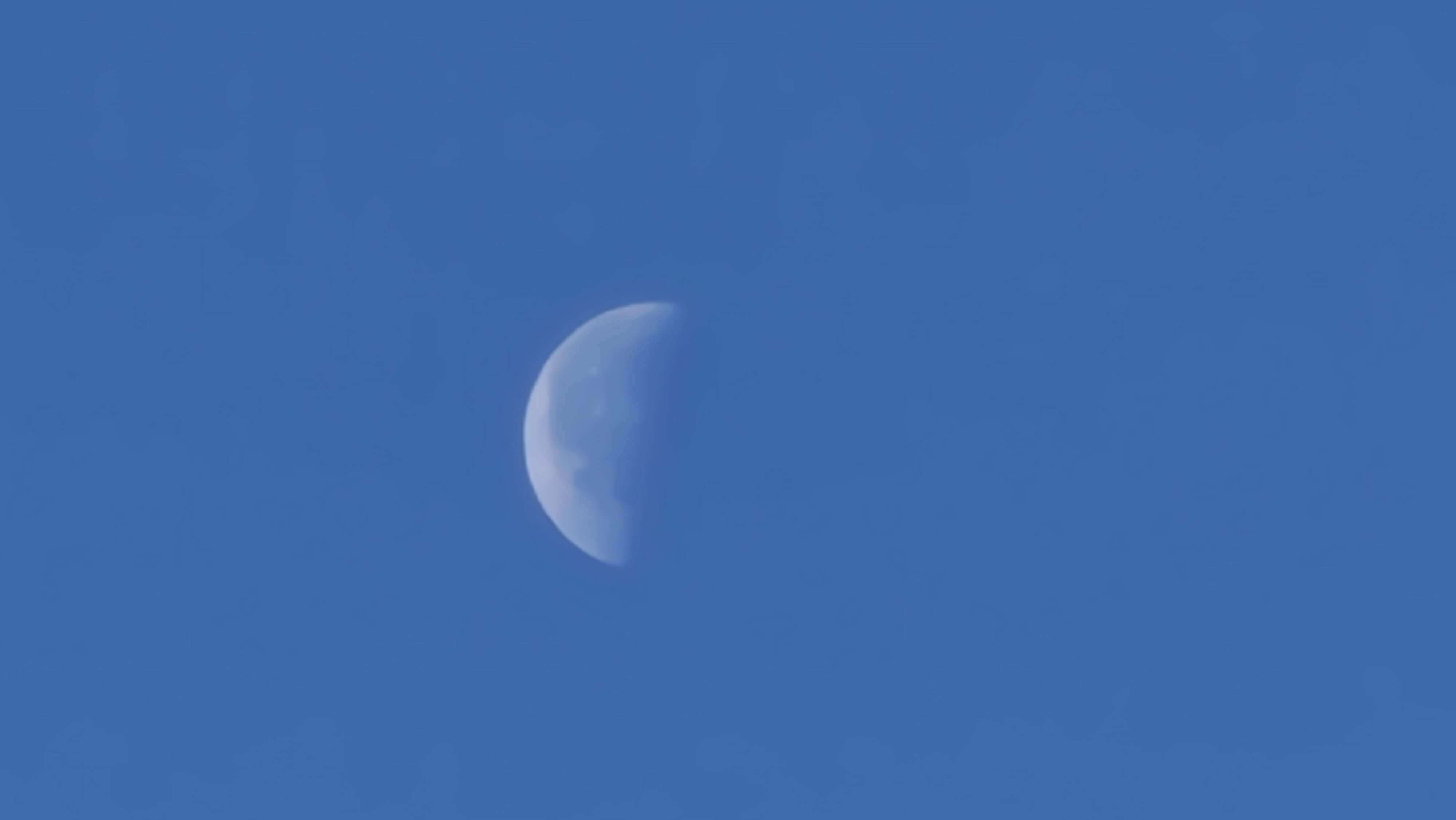


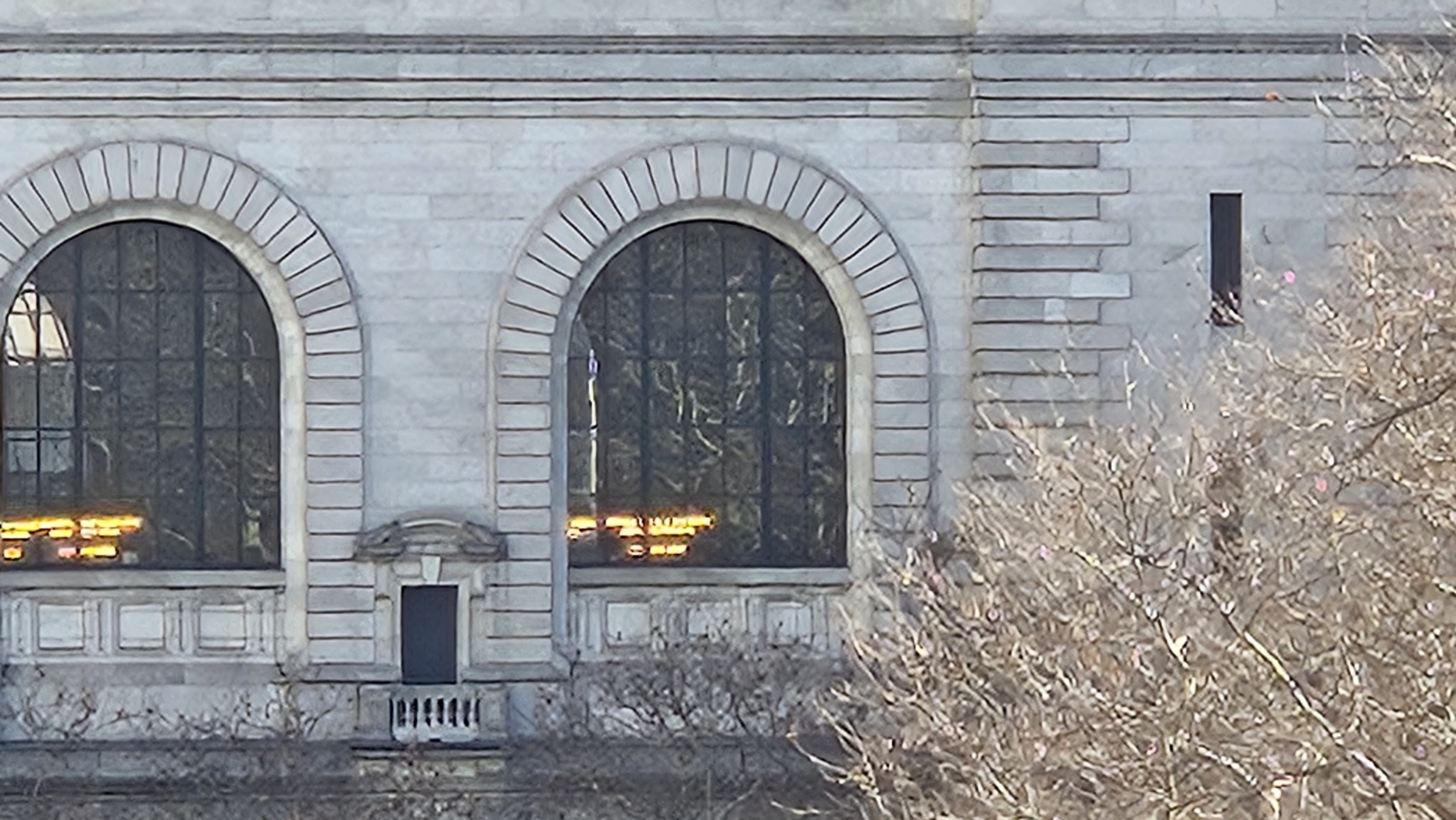
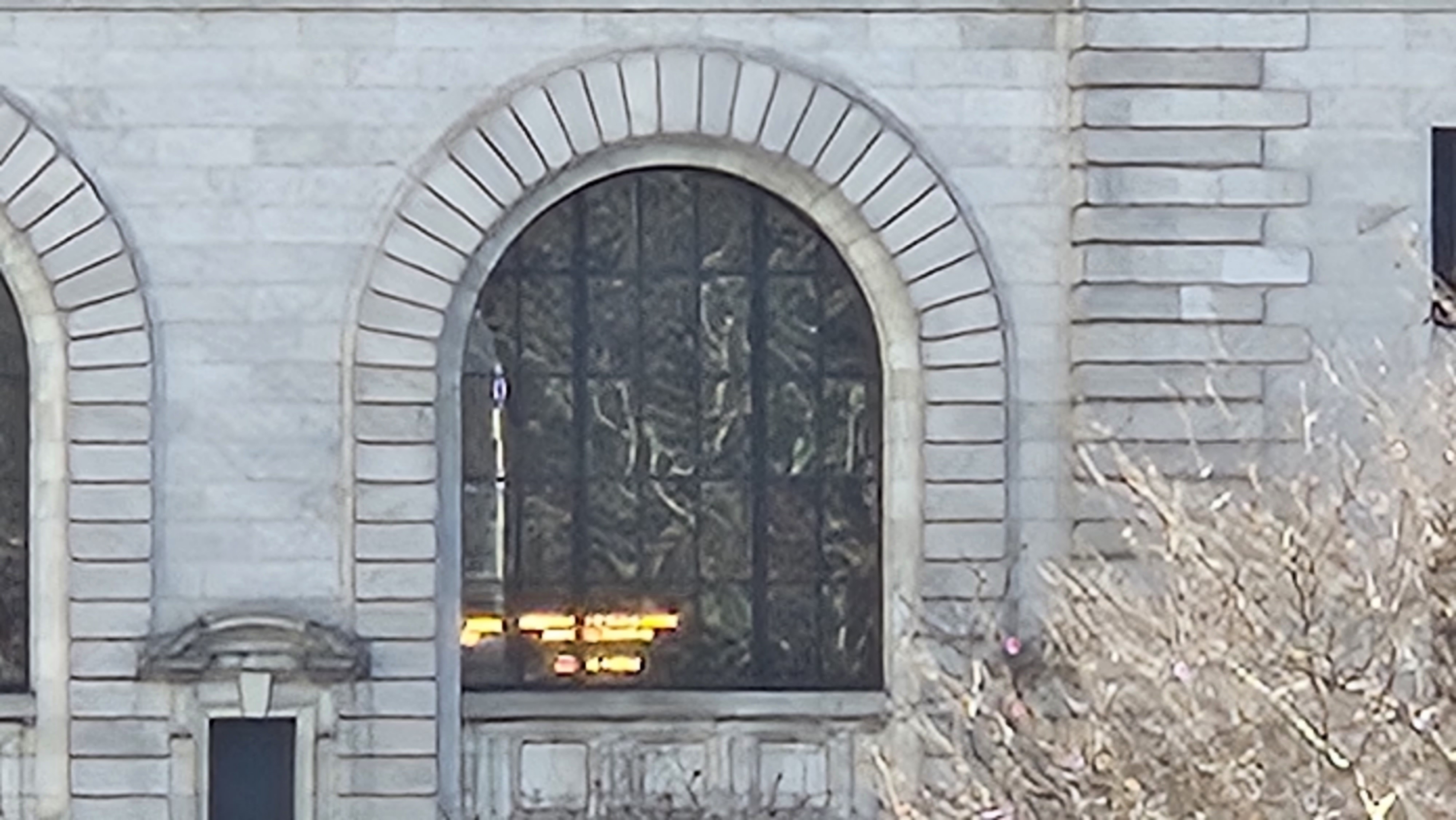


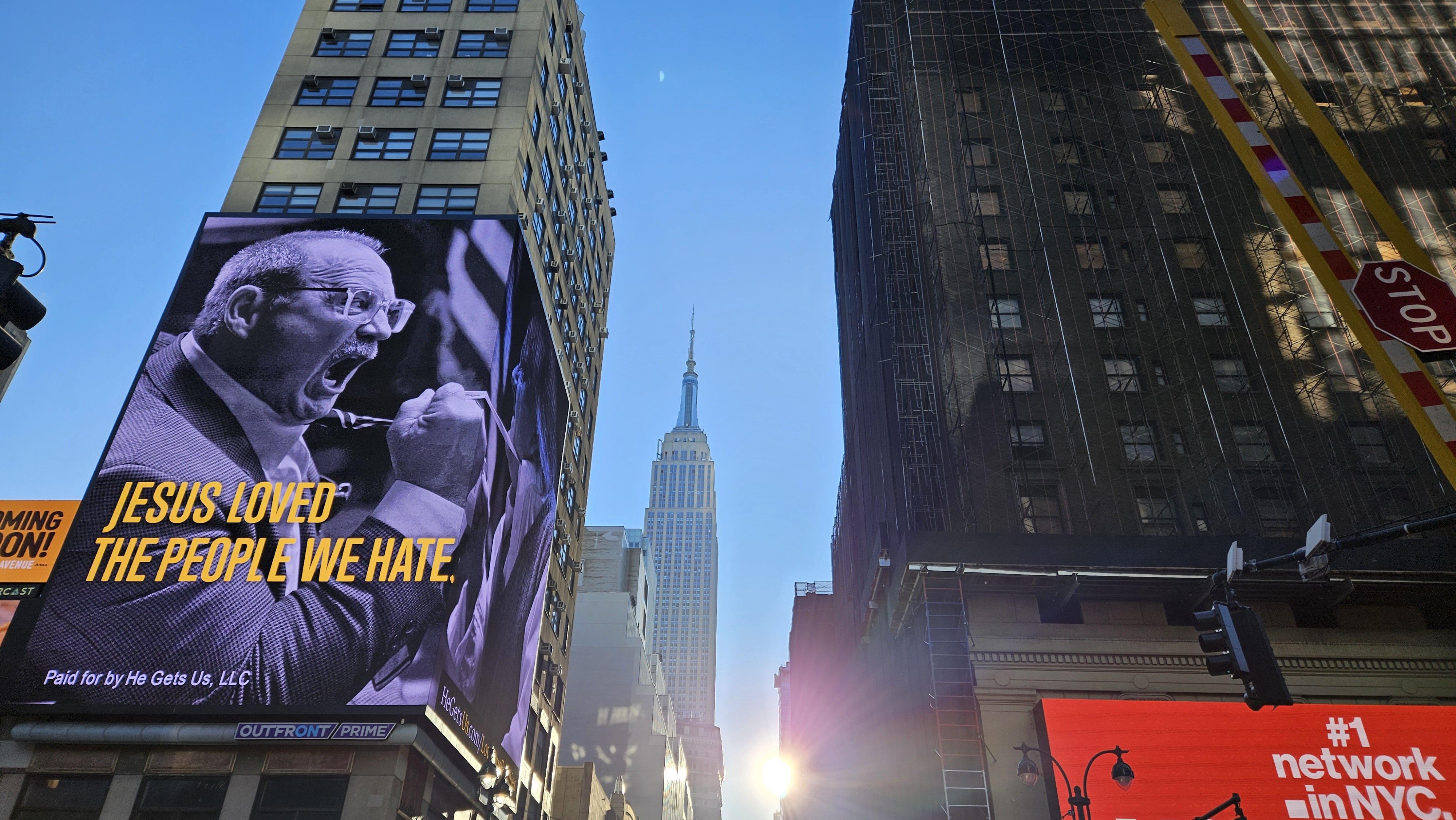


Hardware set-ups aside, both phones take excellent pictures in a variety of lighting conditions. The main difference is one of color science, with Samsung taking a warmer, more saturated approach to Google’s cooler and contrastier look.
When it comes to special features, Google’s AI smarts win out. Magic Eraser lets you blot out photo-bombers with a tap, while you can now make it so that everyone’s smiling in a group shot. It’s a little freaky if we’re being honest, but it’s undeniably impressive.


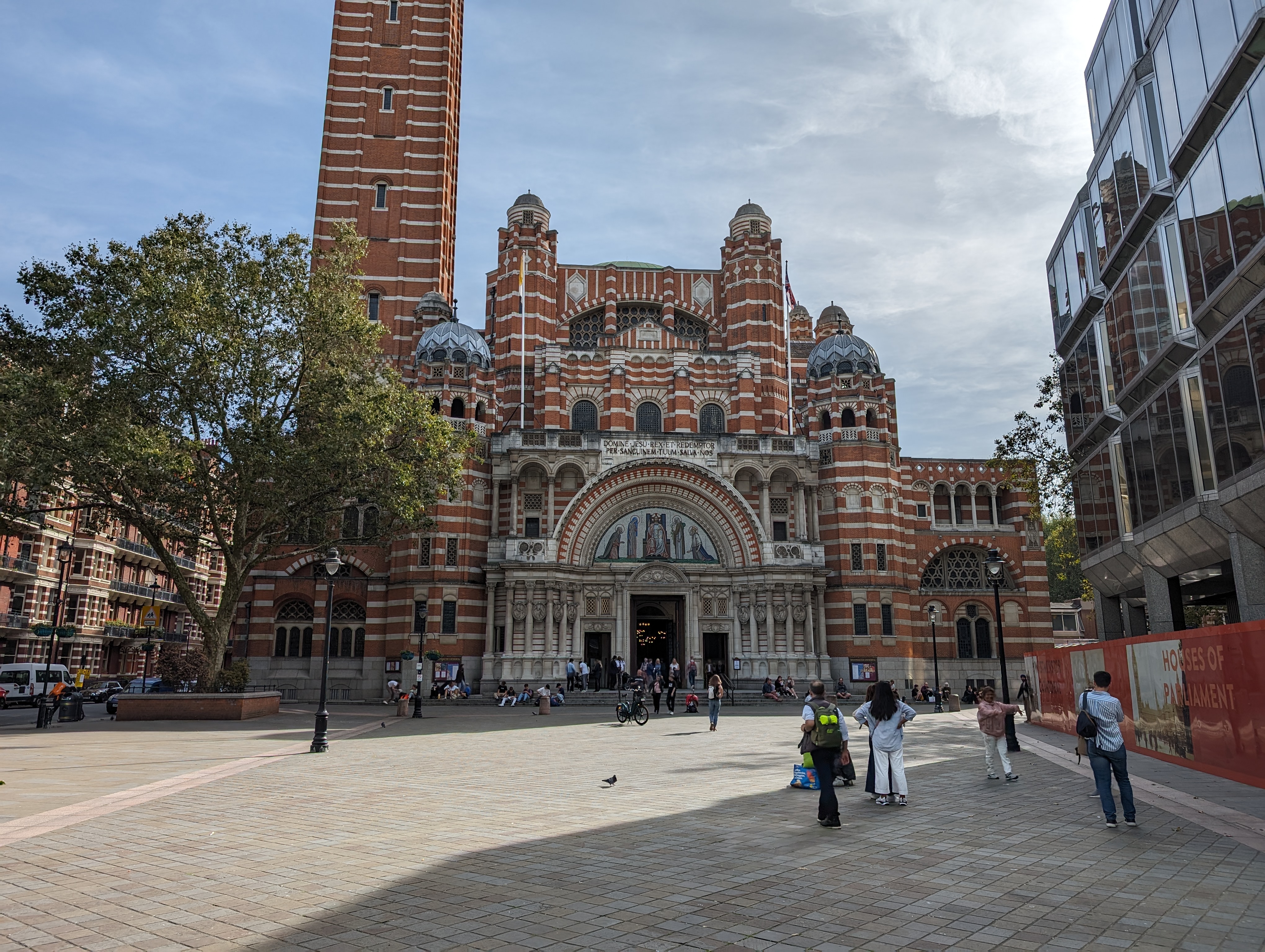



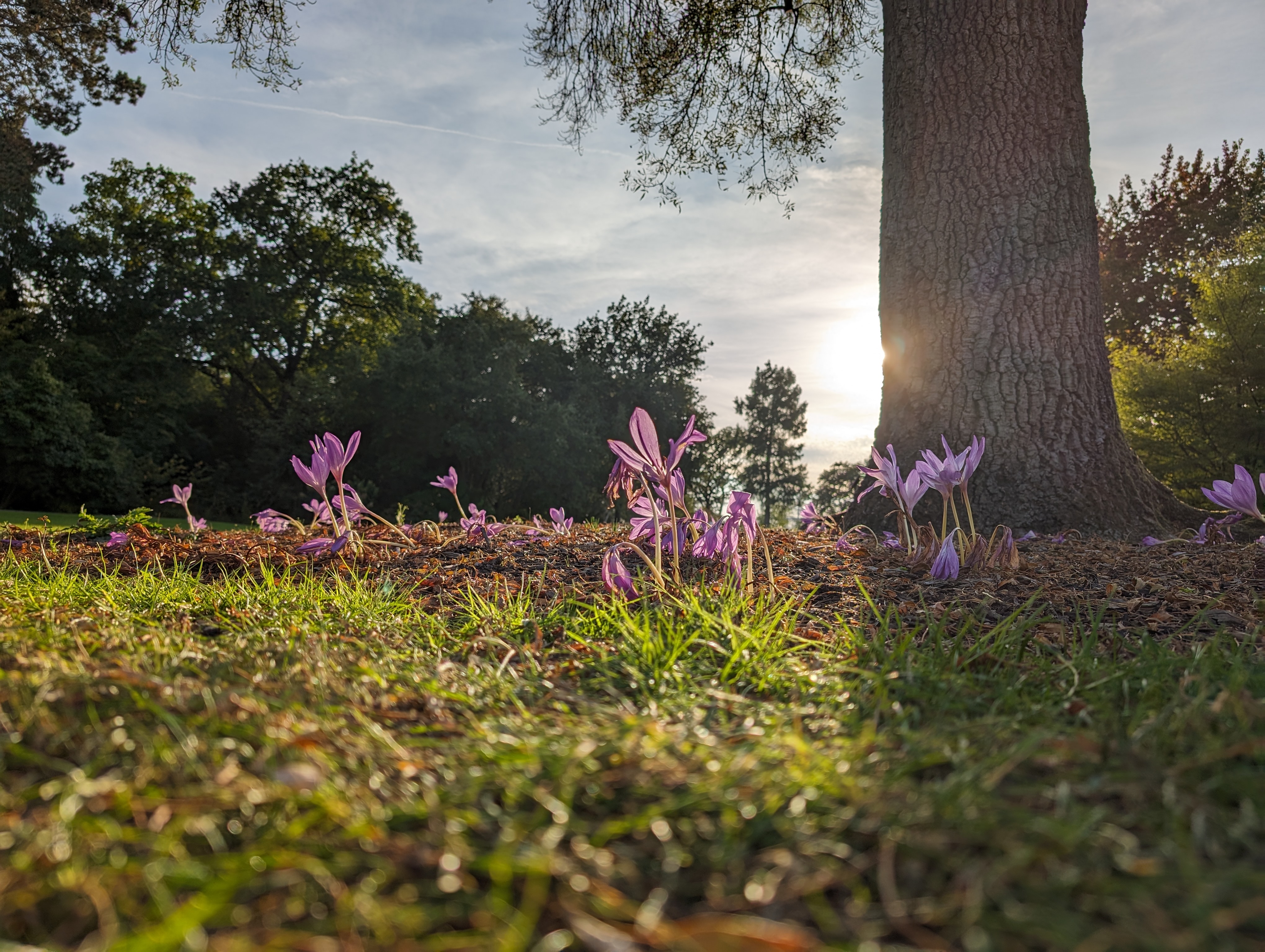


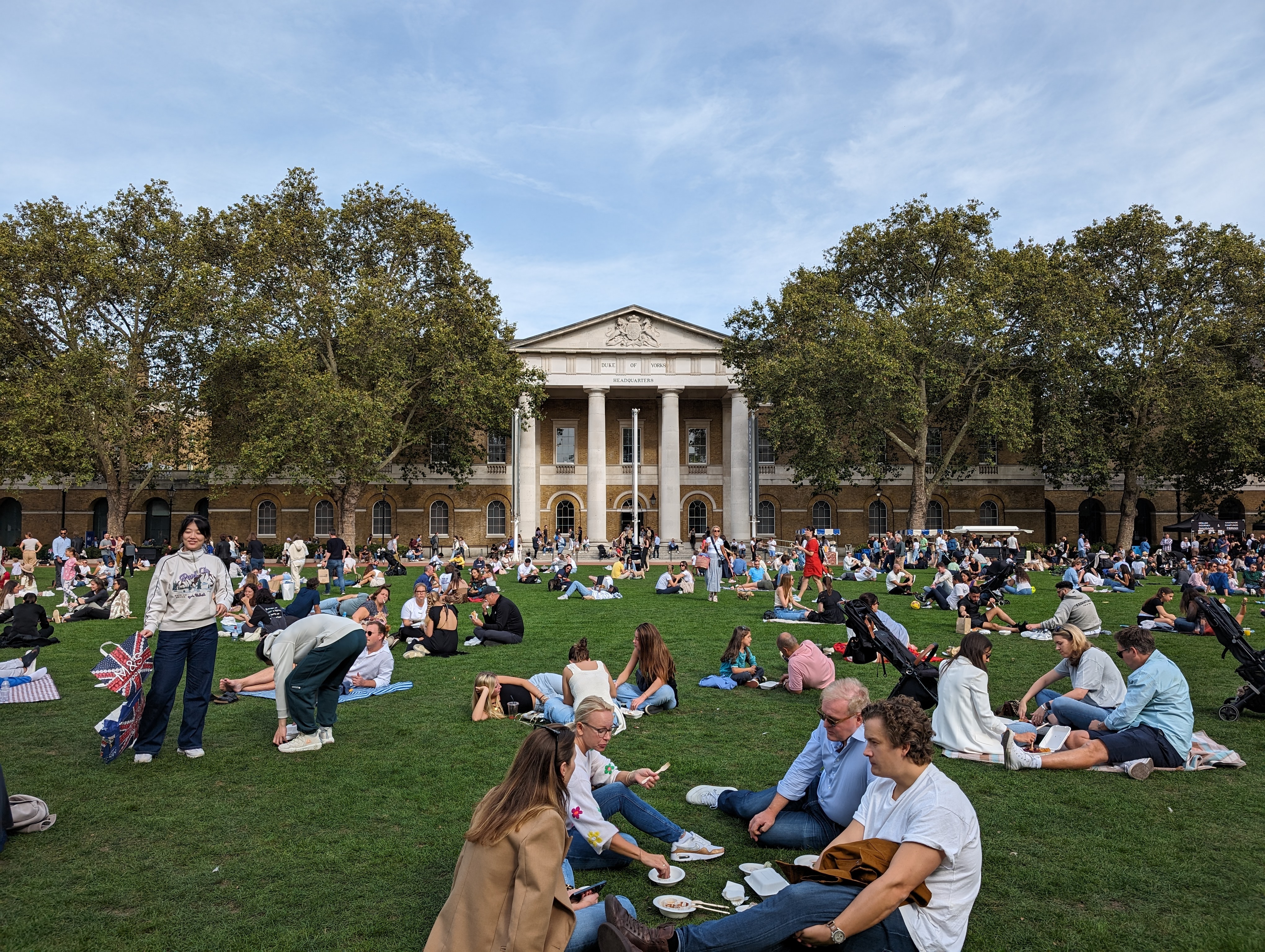
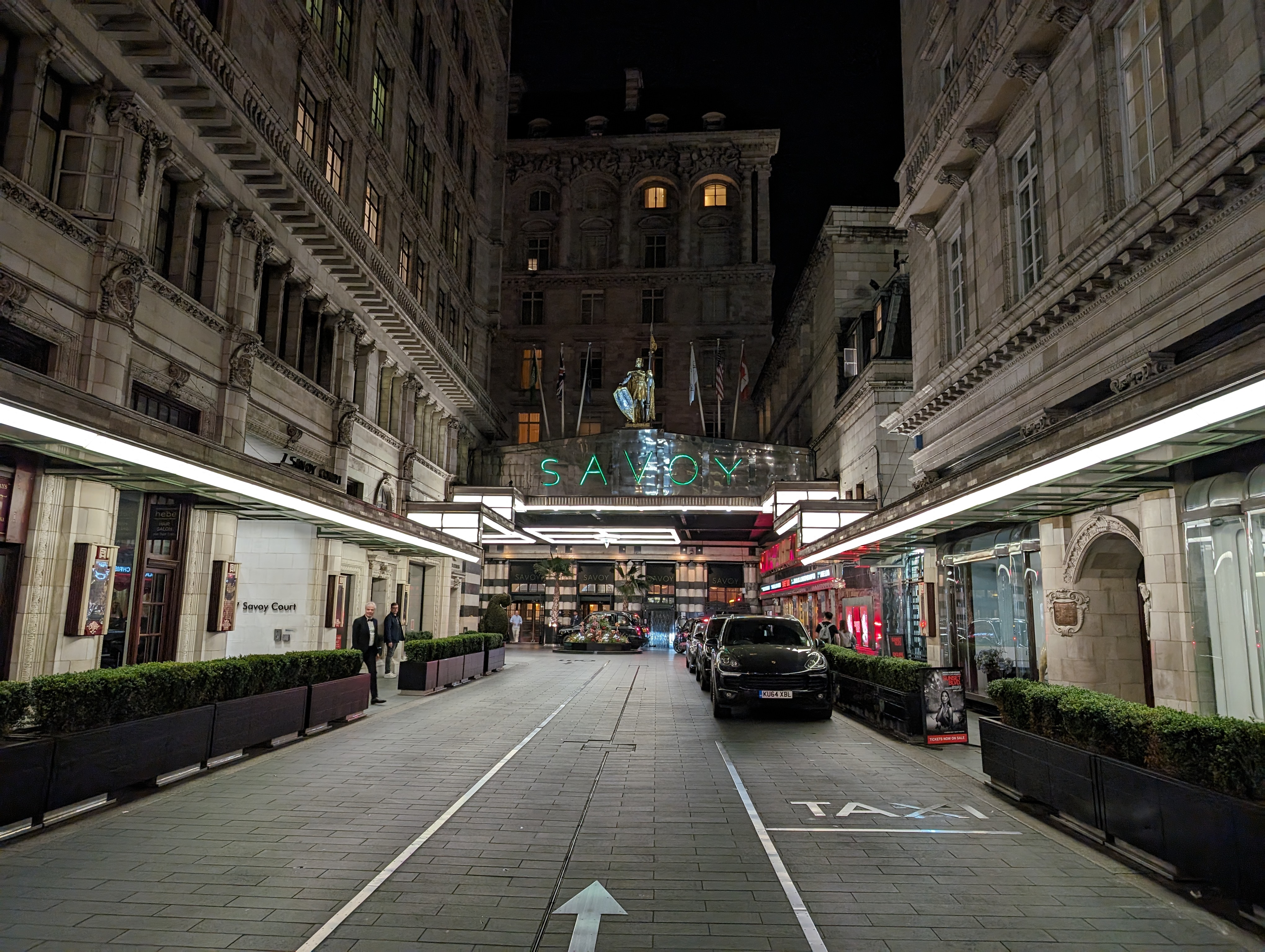
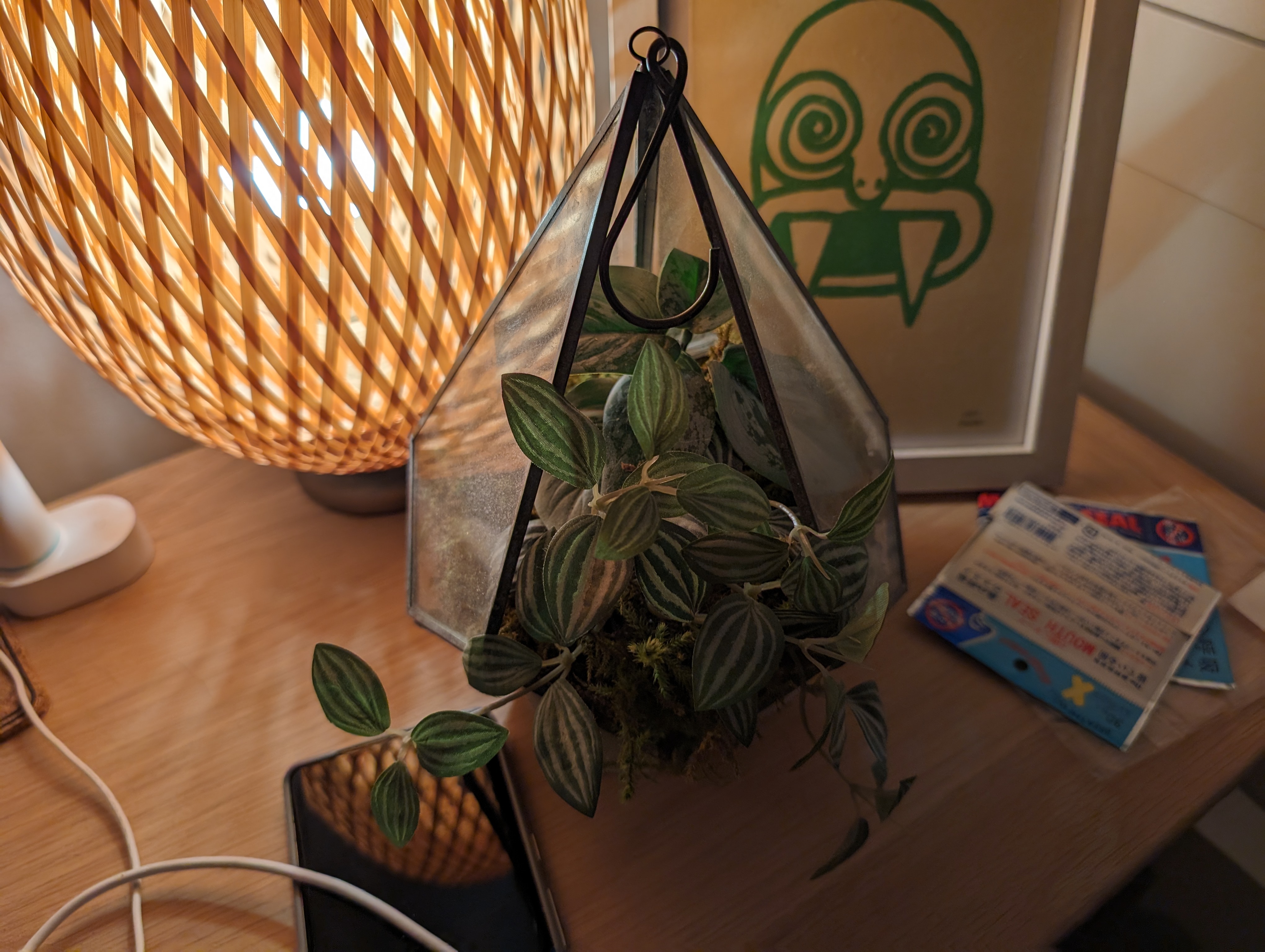

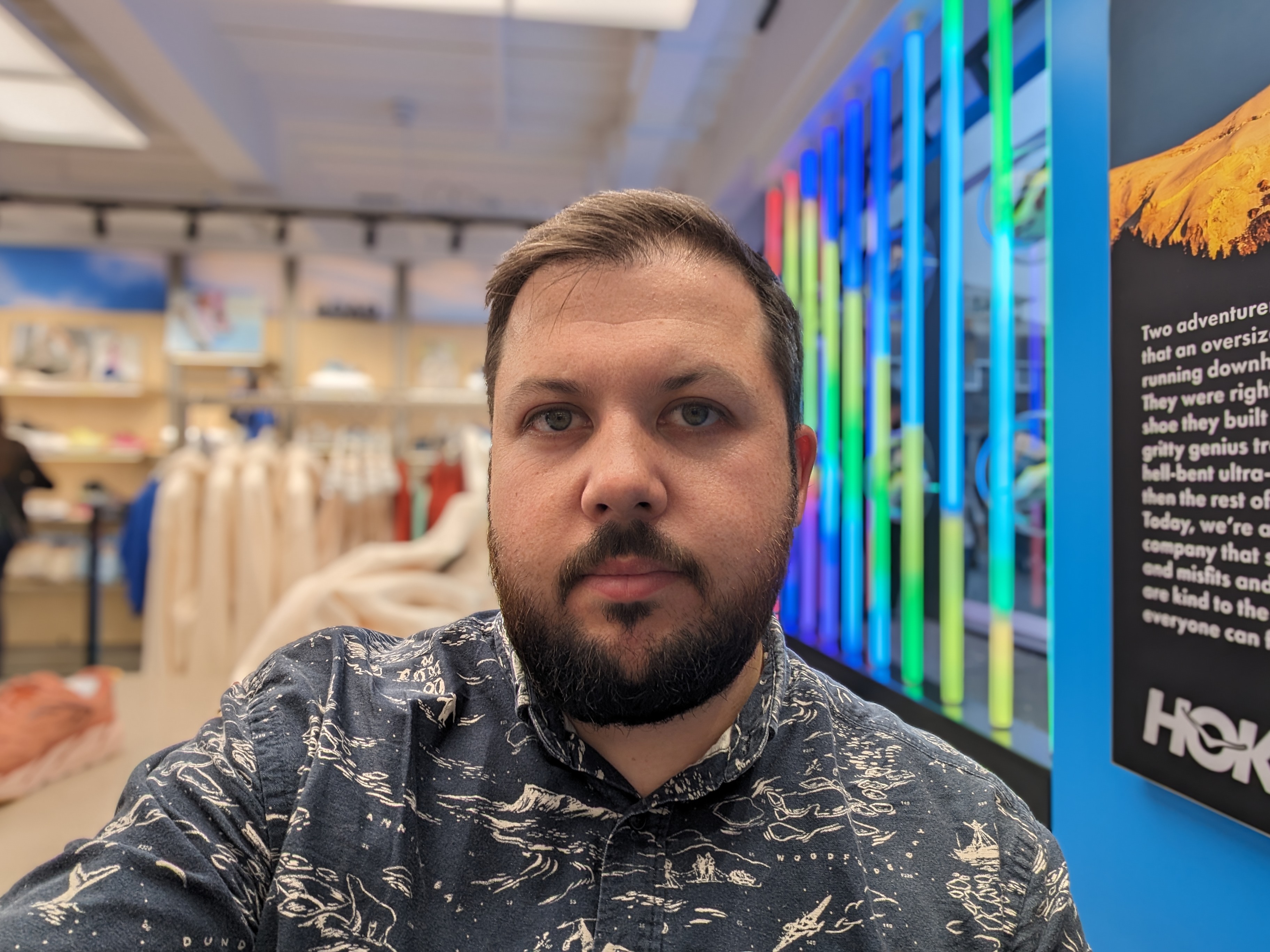
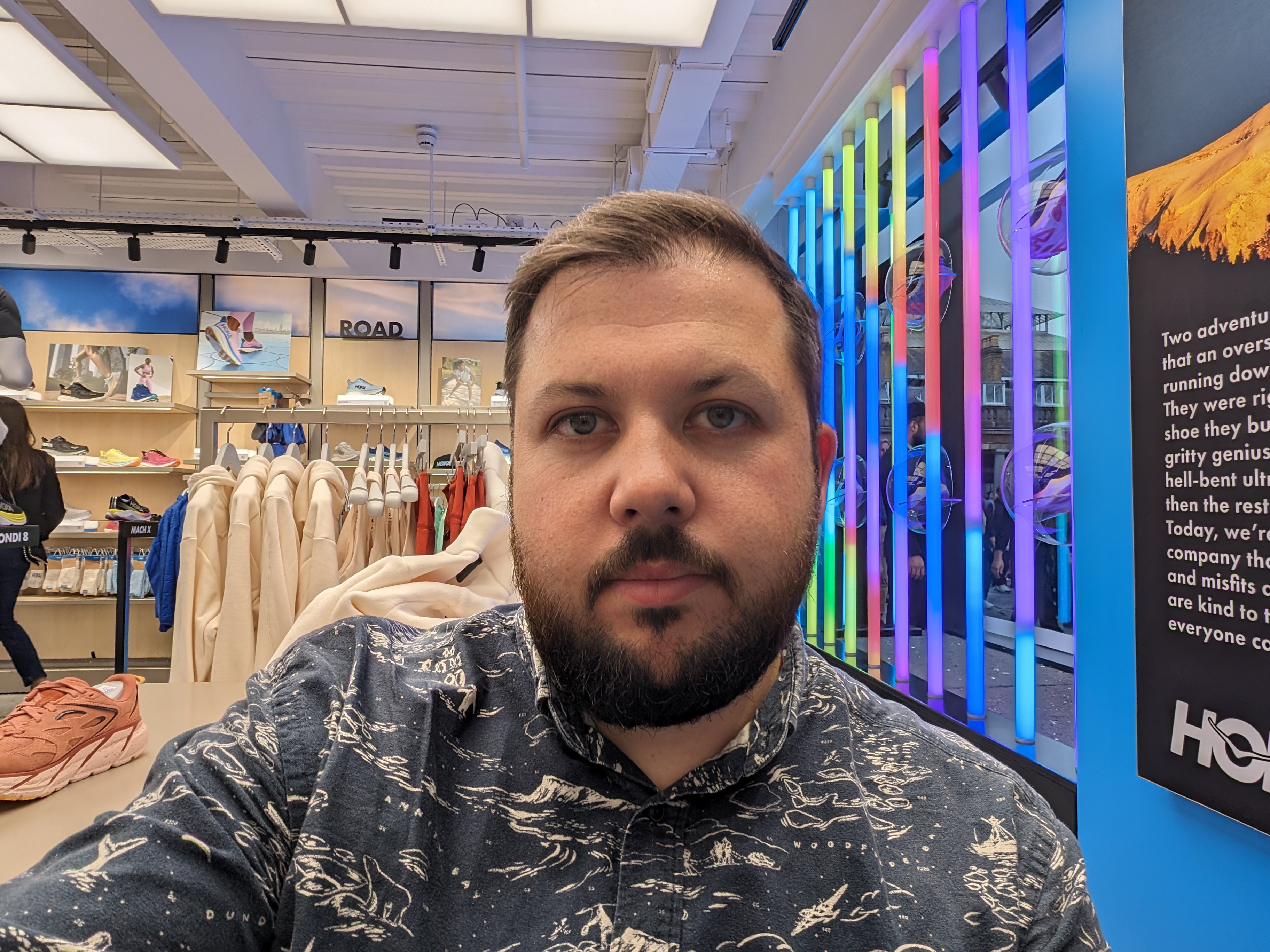
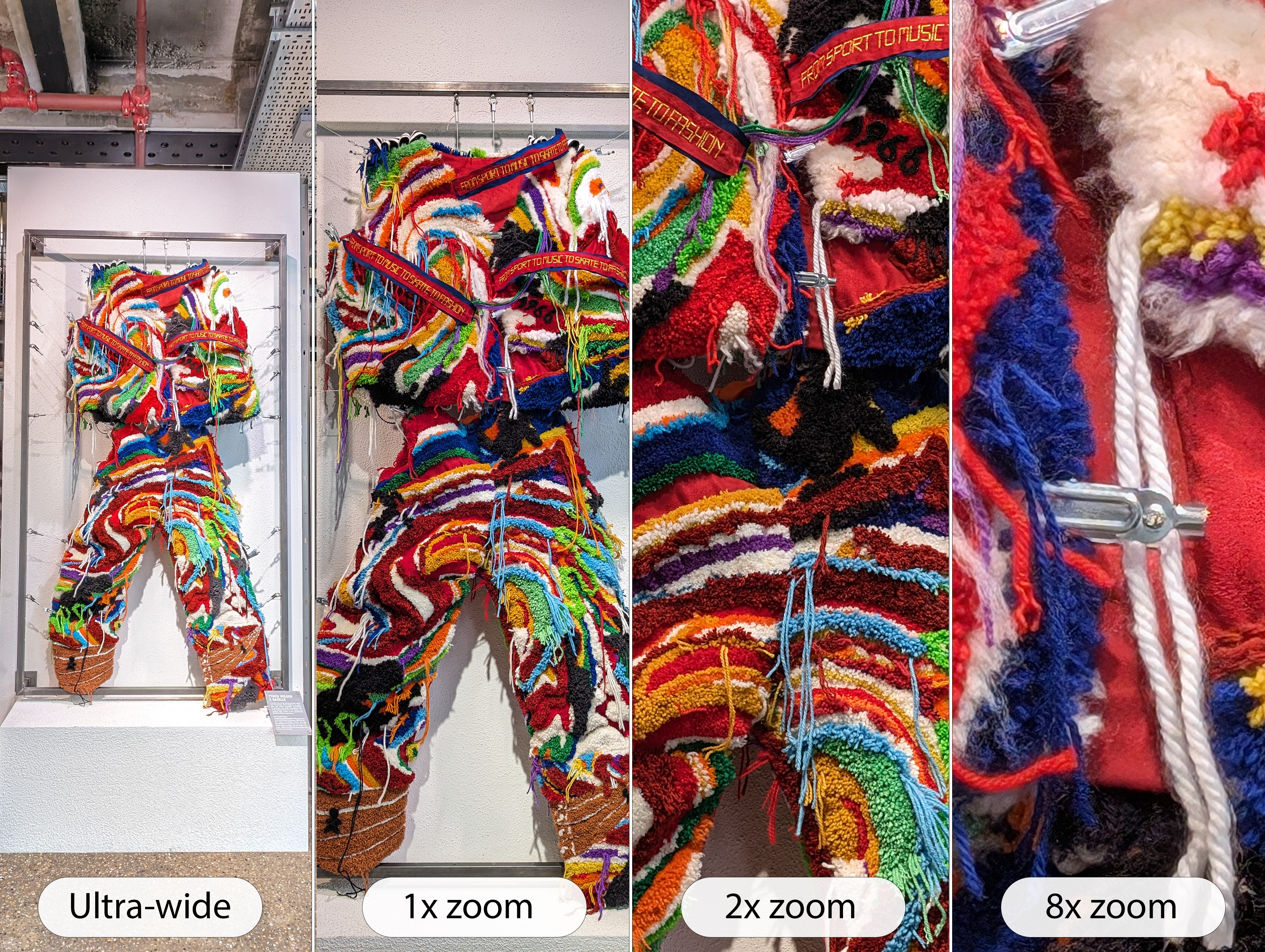
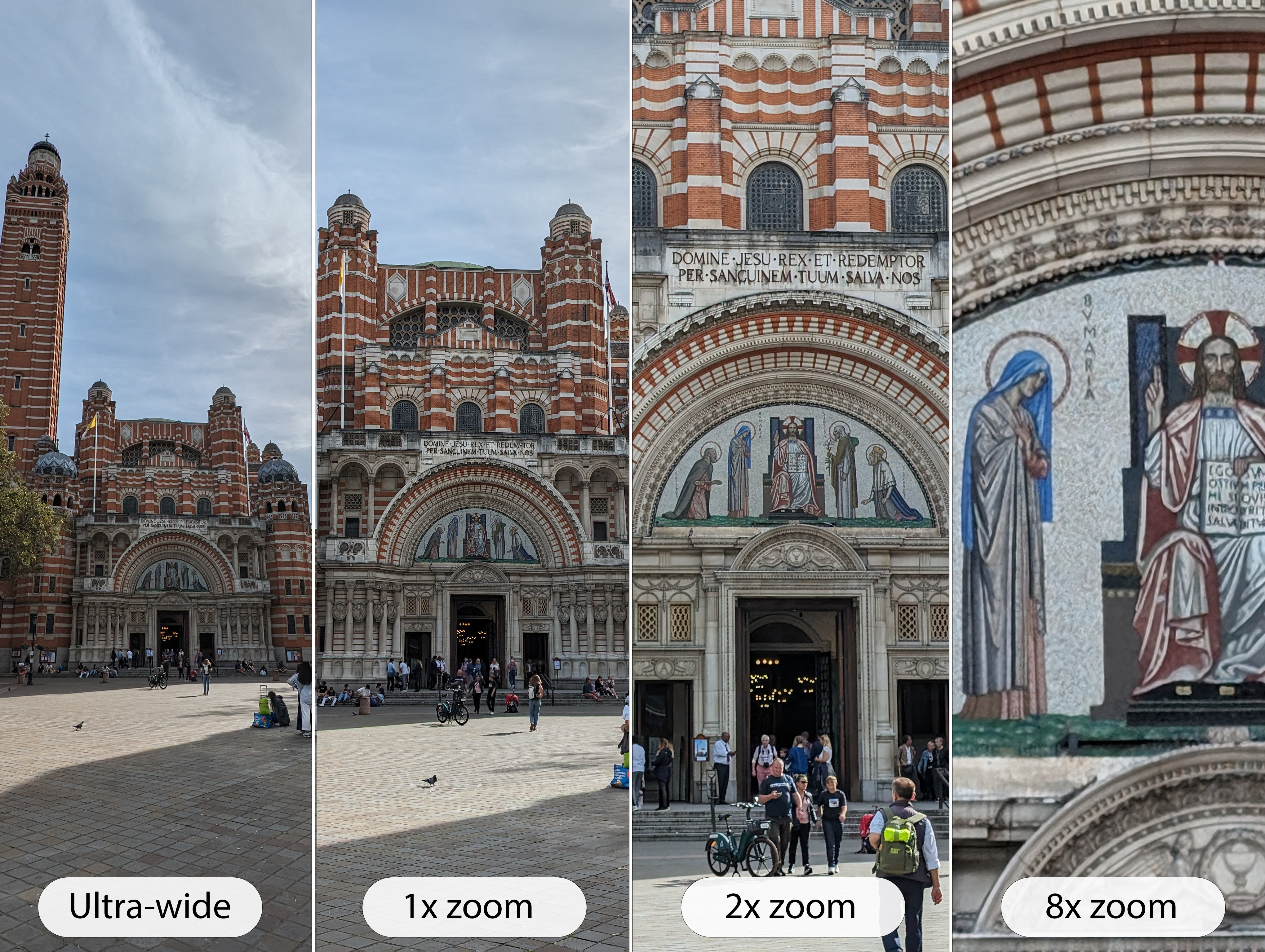
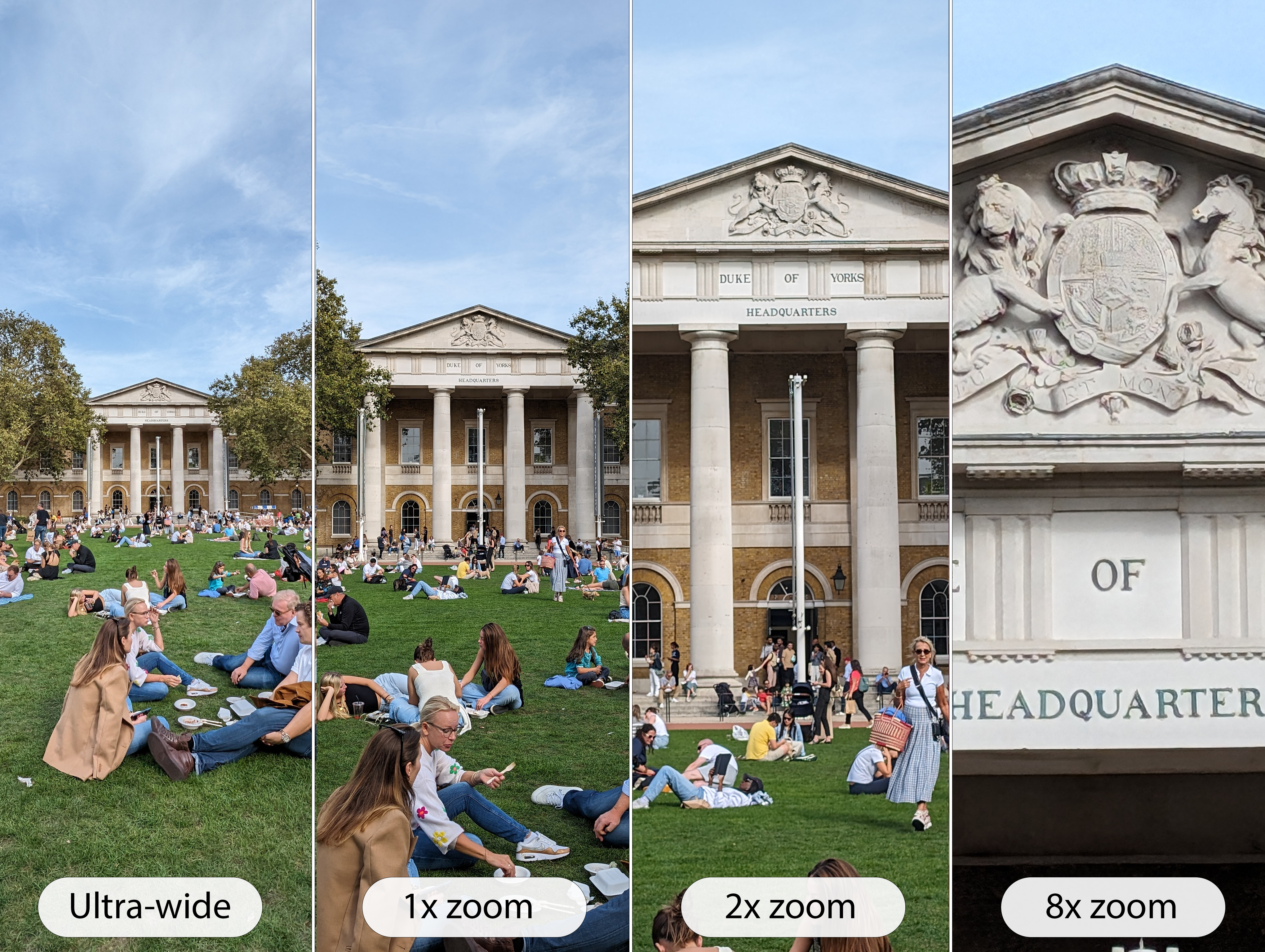

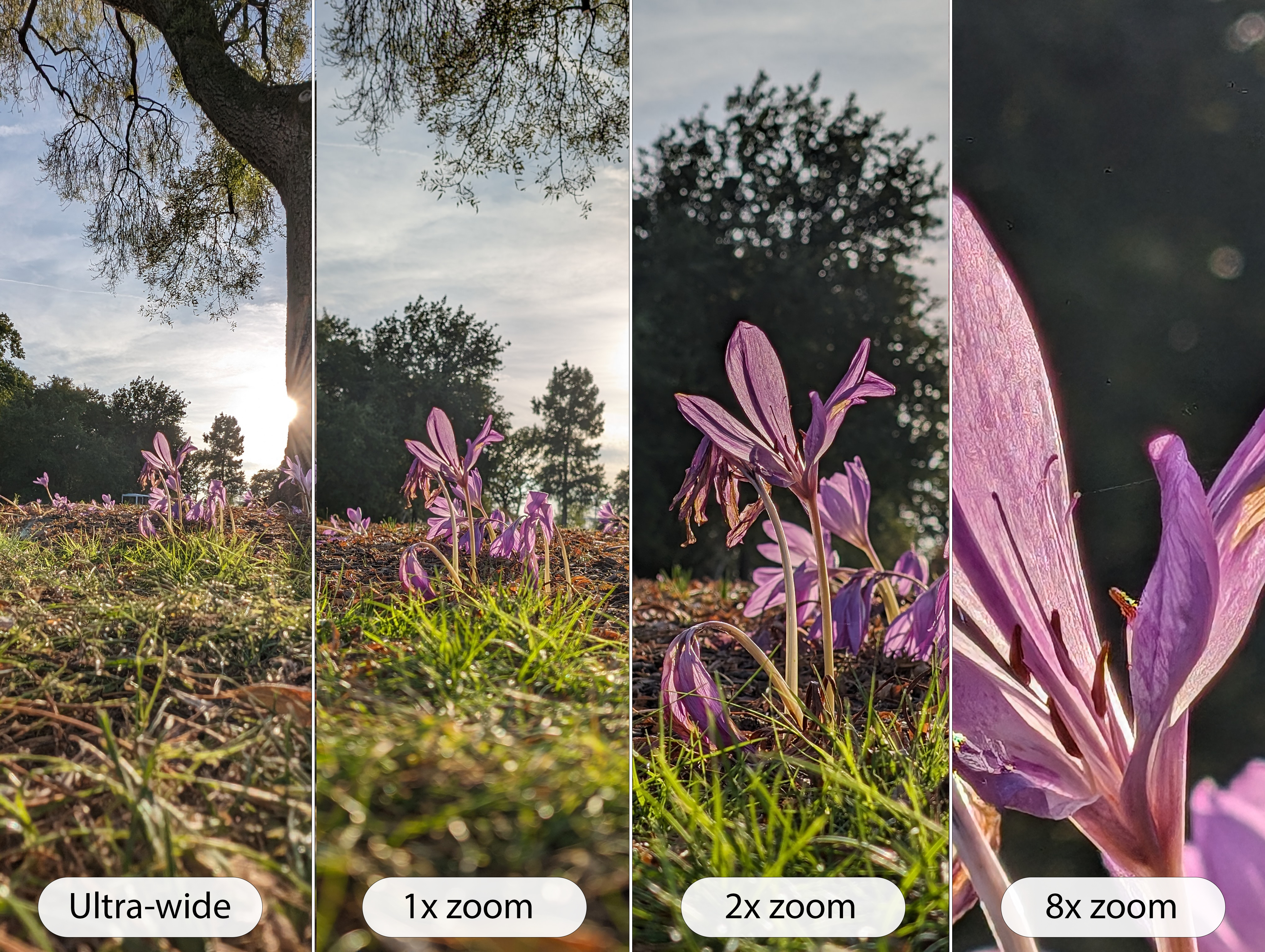
The camera category is a close-run thing, with the Galaxy S23 winning on versatility, and the Pixel 8 taking better (and smarter) shots with the cameras that it has to hand. It’s a narrow win for the Pixel, purely on the basis of its photography chops, but zoomers will prefer the Galaxy.
Google Pixel 8 vs Samsung Galaxy S23: performance and software
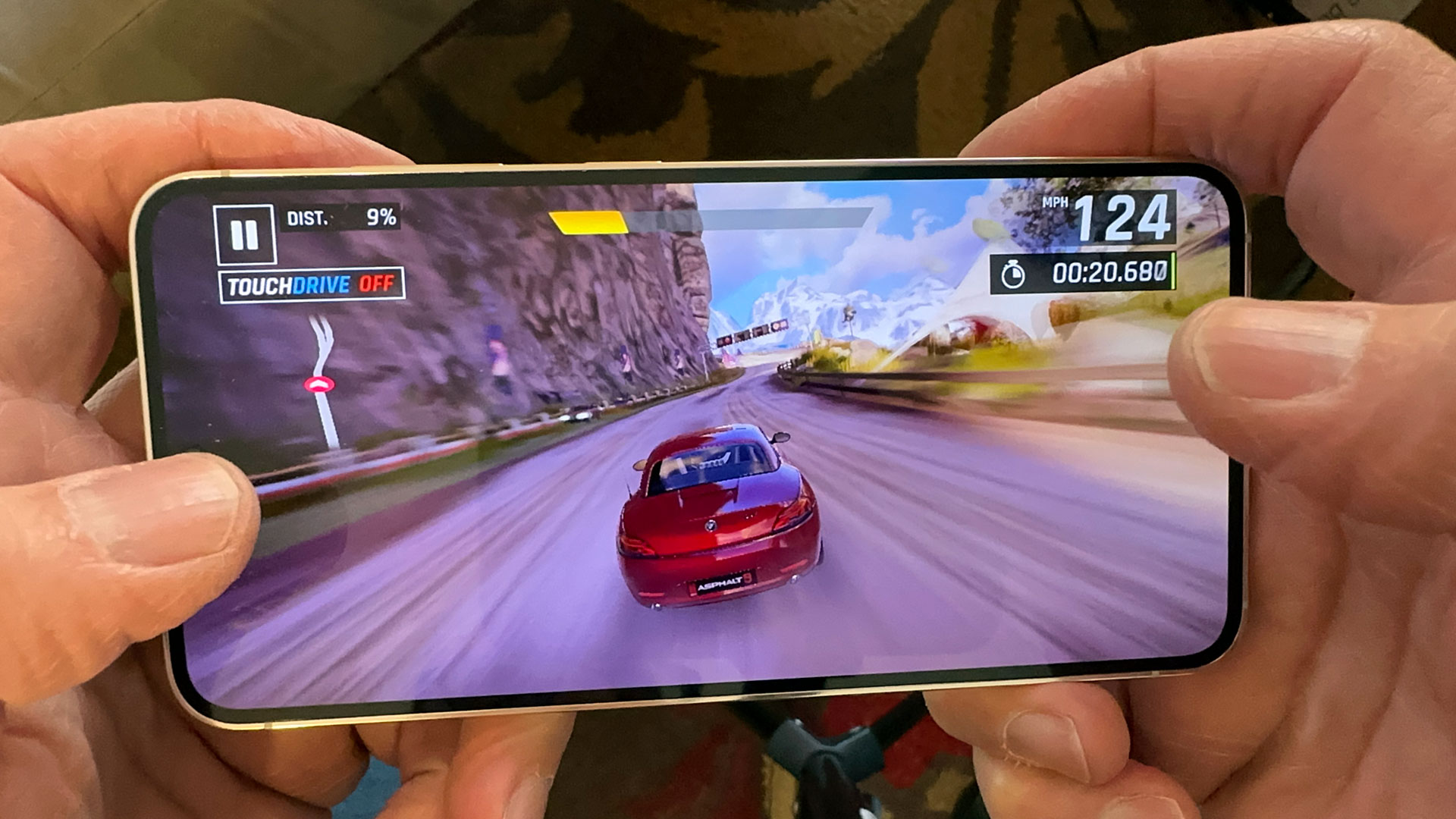
The Galaxy S23 might be nearing the end of its prime, but it can still run rings around the younger Pixel 8.
It all comes down to Samsung’s choice of the excellent Snapdragon 8 Gen 2 chip, which has been cranked up a little higher than usual.
And the Pixel 8’s Tensor G3 chip can't beat it in raw performance. This custom-built Google chip falls way behind its rivals on regular CPU and GPU metrics, even though Google will protest that it’s all about fancy AI tricks like real-time transcription and translation, or those reality-distorting camera features.
You won’t notice the performance shortfall in general running – these are both fast, fluid phones in day to day use. However, the Galaxy S23 will run high end games like Genshin Impact at better frame rates. It’s also got more performance headroom, so should stay faster for longer.
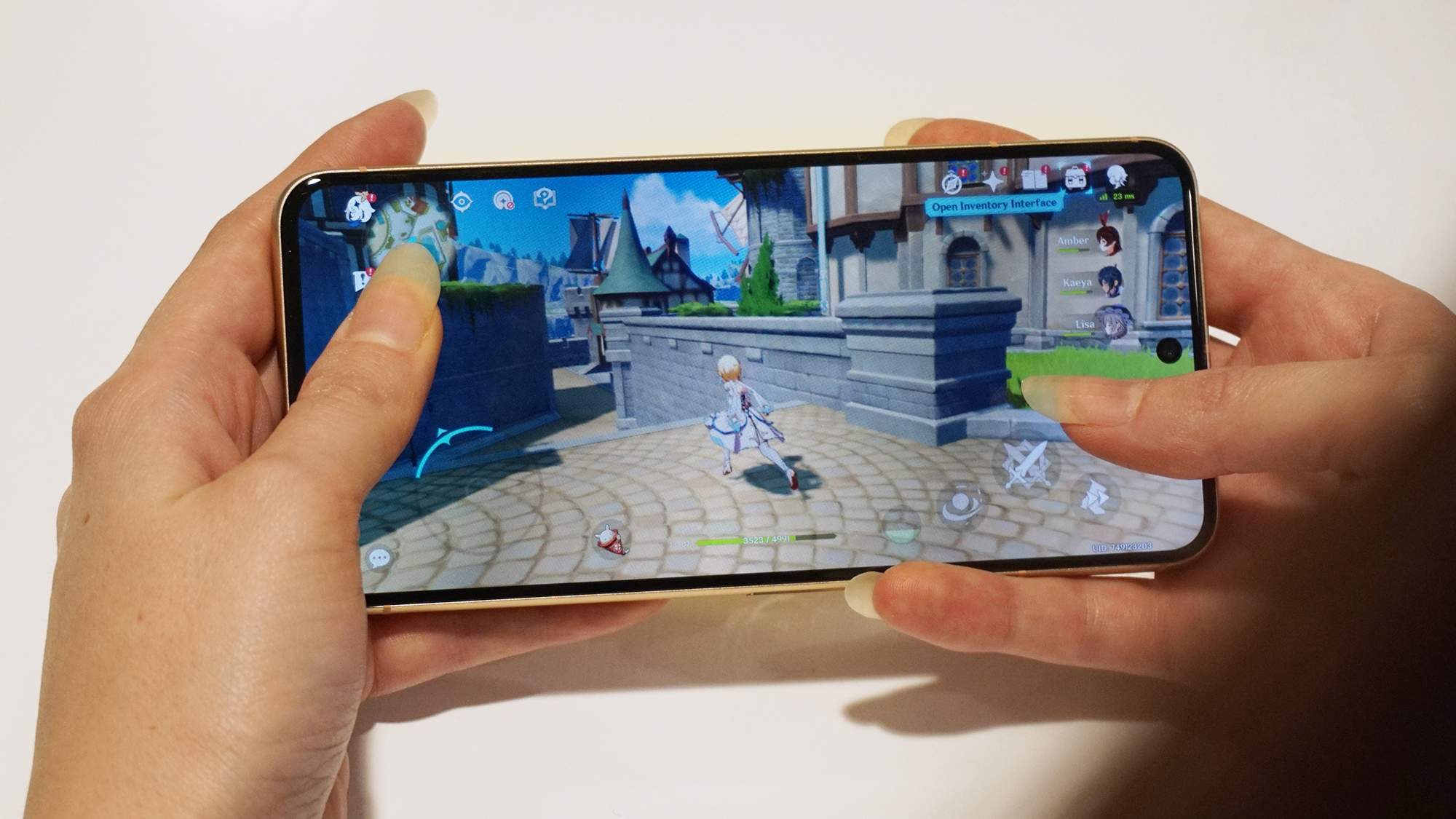
Google has gone some way to mitigating those headroom worries with an unprecedented seven-year software update promise. Samsung has committed to just four, and one of those is taken up by the Android 14 update that the Pixel 8 already ships with.
With that said, this is a fresh promise from Google, and it doesn’t exactly have the best track record of sticking with its software initiatives over the long term. Samsung does, and it also has that performance headroom on its side.
Opinions will vary, but we prefer Google’s software offering in general. It’s cleaner, more focused, and less cluttered, with no duplicate apps or unwanted third-party provisions. Just pure, cohesive Google apps all the way.
Of course, many will be more used to Samsung’s distinctive approach. Its phones have been way more popular for way longer, meaning it will feel more ‘stock’ to some people. There’s no denying its power-user potential either, with plenty of avenues for tinkering and personalisation.
Google Pixel 8 vs Samsung Galaxy S23: battery
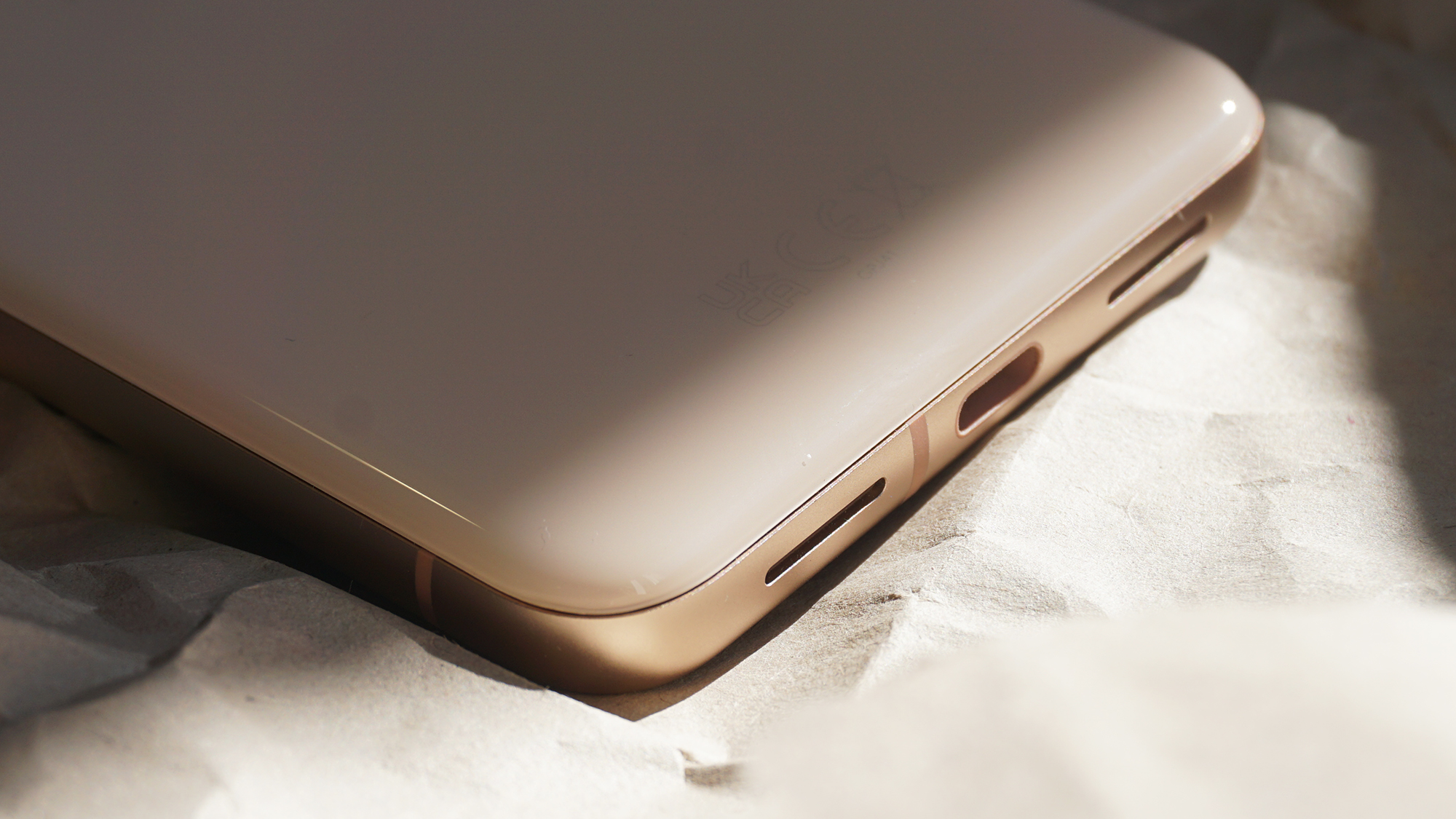
Taking everything into consideration, we can’t call a winner in stamina terms.
That’s despite the fact that the Pixel 8 has a significantly larger battery than its rival. We’re talking 4,575mAh for the Google phone and 3,900mAh for the Samsung.
In practice, though, Samsung’s greater experience and power-saving savvy levels the playing field. In both cases, you’ll get through a full day of usage with relative ease, as well as a chunk of the following day on lighter days.
When it comes to recharging, neither manufacturer gives you a power brick in the box. The Pixel 8 supports up to 27W wired charging, while the Galaxy S23 supports 25W. Both will get you past the 50% mark from empty in about 30 minutes.
Both phones support Qi wireless charging too, though the Pixel 8 can support up to 18W if you buy the special Pixel Stand.
Google Pixel 8 vs Samsung Galaxy S23: verdict
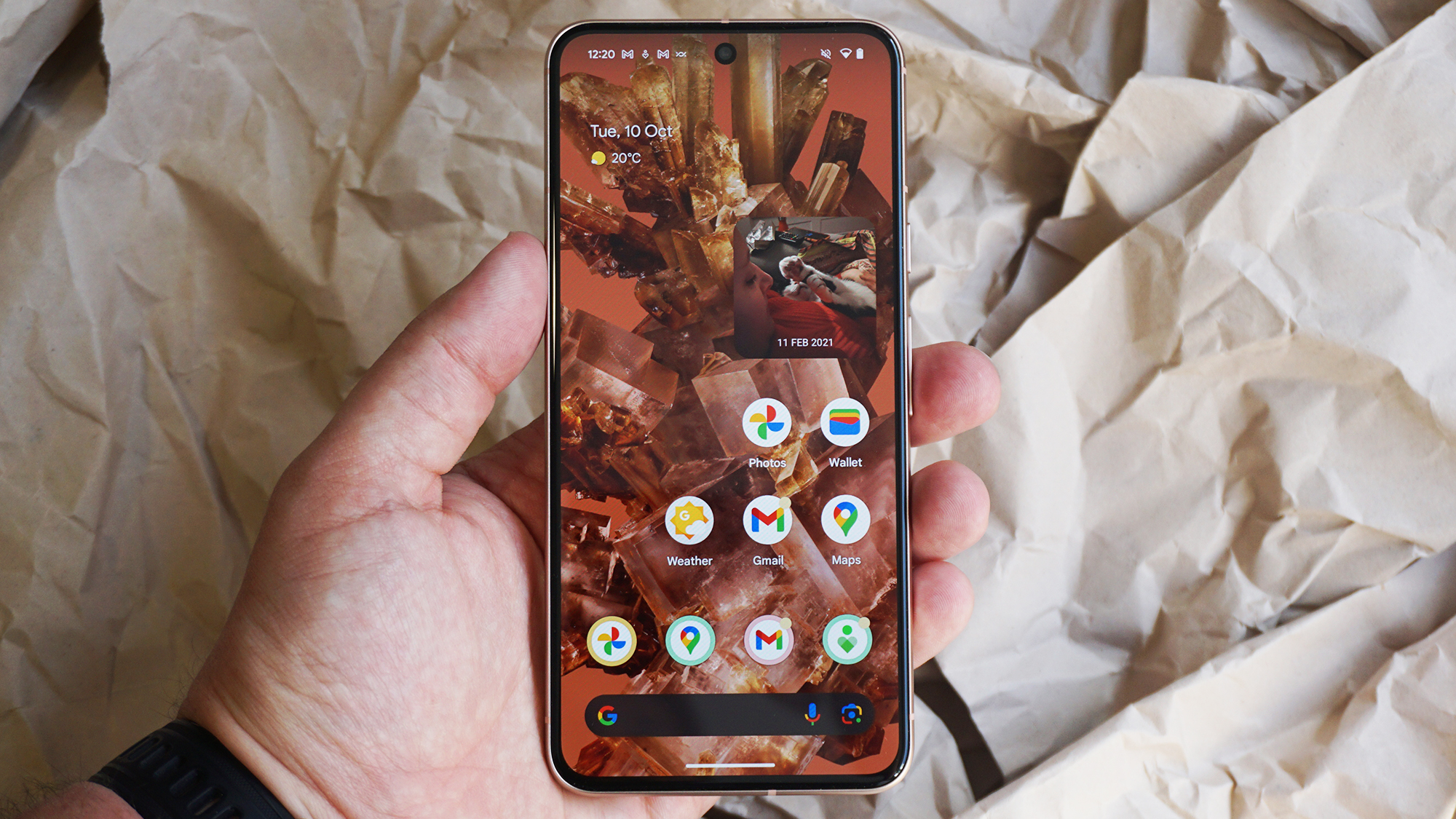
We gave both of these phones the same 4-star rating in our reviews, so naming a straight-up winner is difficult. In terms of future-proofing alone, we’re tempted to call it for the Pixel 8. It’s 8 months younger and has a much longer update promise from Google.
On the other hand, Samsung has a much longer track record of supporting its devices and sticking to such promises, and the Galaxy S23’s superior performance leaves us more confident that it’ll be running well in three years, let alone seven.
It’s not even a clear decision in the camera stakes. Yes, the Pixel 8 takes better pictures with its two sensors. But the Galaxy S23 gives you a third camera for taking zoomed-in shots.
The deciding factor here could well be price, and even that’s not clear cut. The Pixel 8 has a much lower RRP, but there are some great Galaxy S23 deals right now owing to its age.
In short, our pick for the best compact Android flagship: whichever one you can get cheapest.







